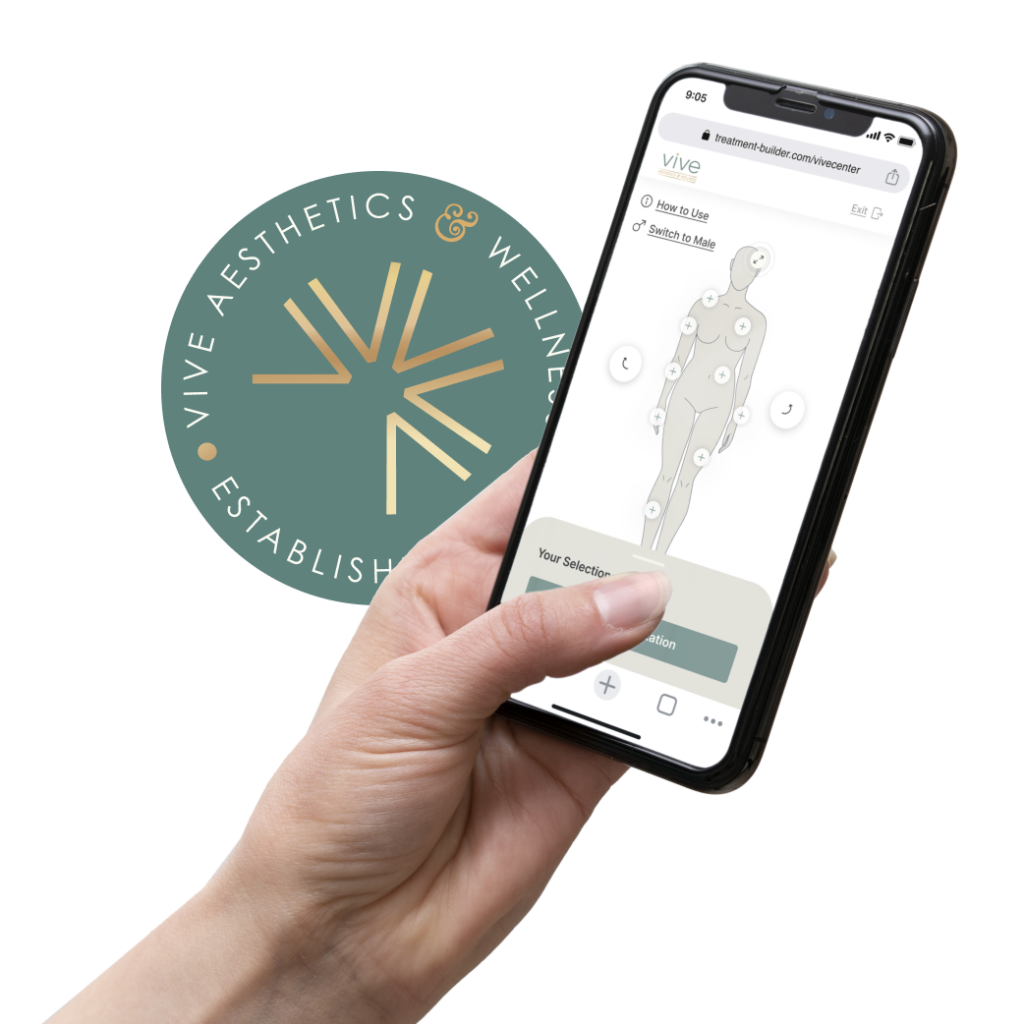
Why are nutrition labels confusing? It’s no coincidence. We all know the feeling. You are standing in the supermarket aisle, staring at the back of a package of food trying to figure out if its a healthy choice. For most people, they would find reading ancient hieroglyphics less challenging.
Serving Size
Make sure you look at serving size. Another sneaky move is to label one package as two servings. This is very common on beverages like Gatorade and Vitamin water which contain two servings even though many people will drink the entire bottle. For most foods, a serving size tends to be much smaller than what the average person consumes. In order to calculate the total calories of the food, be sure to multiply the servings consumed by the calories per serving listed.
Daily Value %
The recommended daily allowance is listed for carbohydrates, protein, and fats. Notice sugar doesn’t have a DV because its not a nutrient. Also, DV% are NOT always the best indicators of what you need because they are based on a daily diet of 2000 calories – likely much more than you need!
Ingredient lists
Ingredient lists can be equally confusing. Unfortunately, food manufacturers tend to use names to help confuse us more. For example, instead of the word sugar they may put brown rice syrup or dextrose. Guess what, they are both just fancy names for sugars. In fact, there are over 40 names they can legally use instead of the word sugar. Also, it’s important to note that when reading the ingredient list, those mentioned first are present in the greatest amount in the food. If sugar is one of the first five, best to avoid that food.
Alphabet Soup
If there are words or names on the label that you can’t pronounce, it usually means that food is highly processed and will contain preservatives and stabilizers. A good general rule is the more letters in the word, the more unhealthy it is Also, beware of hidden additives. For example, shredded cheddar cheese many times will contain potato starch or corn starch to keep it from clumping. Do you really want added starch (aka sugar) in your cheese?
For our Nutrition Label Cheat Sheet click below:


